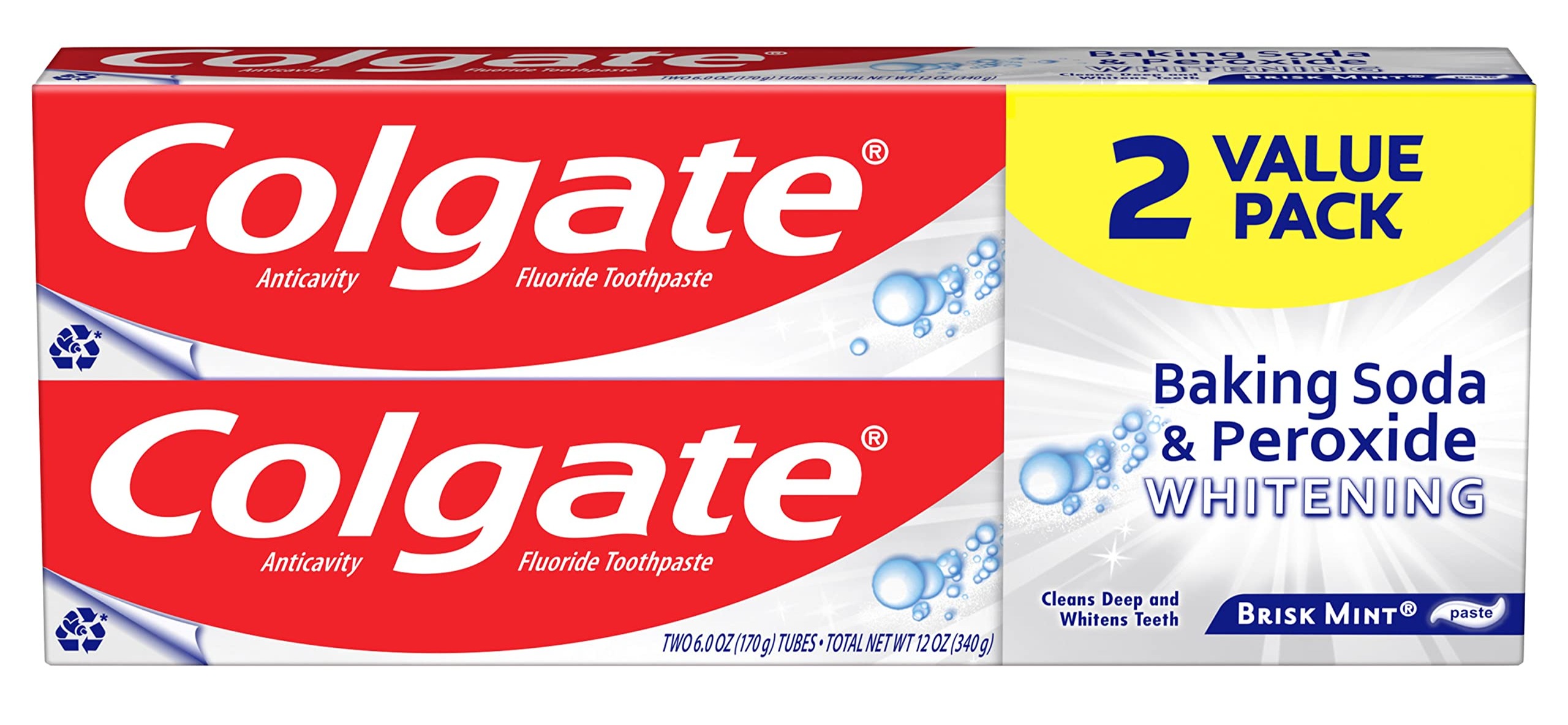How To Clean A Mouthguard? Easy Care Tips

The importance of cleaning a mouthguard cannot be overstated. A mouthguard is a crucial piece of equipment for athletes, particularly those involved in contact sports, as it protects the teeth and mouth from injuries. However, if not properly cleaned and maintained, a mouthguard can become a breeding ground for bacteria, leading to bad odors, tastes, and even oral health issues. In this article, we will delve into the world of mouthguard care, exploring the best practices for cleaning, storing, and maintaining your mouthguard.
The Problem of Poor Mouthguard Hygiene
Poor mouthguard hygiene can lead to a range of issues, from minor annoyances like bad breath to more serious health concerns. For instance, a dirty mouthguard can harbor bacteria like Streptococcus mutans, which is known to contribute to tooth decay. Furthermore, the moist environment inside a mouthguard can foster the growth of fungi, such as Candida albicans, which can cause oral thrush. It’s essential to clean your mouthguard regularly to prevent these problems.
Step-by-Step Guide to Cleaning Your Mouthguard
Cleaning a mouthguard is relatively straightforward and requires minimal equipment. Here’s a step-by-step guide:
- Rinse with Cold Water: After each use, rinse your mouthguard with cold water to remove any debris or saliva.
- Mild Soap and Water: Use a mild soap and warm water to gently scrub your mouthguard. Avoid using hot water, as it can cause the mouthguard to deform.
- Toothbrush and Toothpaste: For a more thorough clean, use a soft-bristled toothbrush and a small amount of toothpaste to gently scrub the mouthguard. Be sure to rinse thoroughly to remove any toothpaste residue.
- Vinegar Soak: Mix equal parts water and white vinegar in a bowl, and soak your mouthguard for about 30 minutes. The acid in the vinegar will help break down any tough stains or bacteria.
- Rinse and Dry: After soaking, rinse your mouthguard with cold water and dry it with a clean towel.
Comparative Analysis of Cleaning Methods
While the above method is effective, it’s worth exploring other cleaning methods to determine which is most suitable for your needs. For example, some people swear by using a mouthwash to clean their mouthguard, while others prefer using a UV sanitizer. Here’s a comparison of these methods:
- Mouthwash: Using a mouthwash can be an effective way to clean a mouthguard, but it’s essential to choose a mouthwash that is gentle and won’t damage the mouthguard material.
- UV Sanitizer: UV sanitizers use ultraviolet light to kill bacteria and other microorganisms. This method is convenient and effective but may not be as thorough as manual cleaning.
- Denture Cleaner: Denture cleaners can be used to clean mouthguards, but be sure to follow the manufacturer’s instructions and test a small area first to ensure the cleaner doesn’t damage the mouthguard material.
Storing Your Mouthguard
Proper storage is crucial to maintaining your mouthguard’s cleanliness and longevity. Here are some tips:
- Clean and Dry: Always store your mouthguard in a clean and dry state to prevent bacterial growth.
- Protective Case: Use a protective case to store your mouthguard when not in use. This will help prevent damage and keep the mouthguard clean.
- Avoid Heat: Avoid storing your mouthguard in direct sunlight or near a heat source, as this can cause the material to deform or degrade.
Future Trends in Mouthguard Care
As technology advances, we can expect to see new and innovative methods for cleaning and maintaining mouthguards. For example, researchers are exploring the use of antimicrobial materials that can be integrated into mouthguards to reduce bacterial growth. Additionally, there is a growing trend towards customizable mouthguards that can be tailored to an individual’s specific needs and preferences.
Advanced Quality Markers
When it comes to mouthguard care, it’s essential to prioritize quality and effectiveness. Here are some advanced quality markers to look out for:
- Certifications: Look for mouthguards that have been certified by reputable organizations, such as the American Dental Association (ADA).
- Materials: Choose mouthguards made from high-quality, durable materials that can withstand regular use and cleaning.
- Customer Reviews: Read customer reviews and testimonials to get a sense of a mouthguard’s performance and any potential issues.
Practical Application Guide
To summaries, here is a practical application guide for cleaning and maintaining your mouthguard:
- Clean your mouthguard after each use
- Store your mouthguard in a clean and dry state
- Use a protective case to store your mouthguard
- Avoid using harsh chemicals or abrasive materials
- Regularly inspect your mouthguard for signs of wear and tear
FAQ Section
How often should I clean my mouthguard?
+It's recommended to clean your mouthguard after each use, and to soak it in a vinegar solution at least once a week.
Can I use a mouthwash to clean my mouthguard?
+Yes, you can use a mouthwash to clean your mouthguard, but be sure to choose a gentle mouthwash that won't damage the mouthguard material.
How do I store my mouthguard when not in use?
+Always store your mouthguard in a clean and dry state, and use a protective case to prevent damage and keep the mouthguard clean.
In conclusion, cleaning and maintaining a mouthguard is a crucial aspect of oral health and hygiene. By following the steps outlined in this article, you can keep your mouthguard clean, fresh, and effective. Remember to always prioritize quality and effectiveness, and to stay up-to-date with the latest advancements in mouthguard care.
